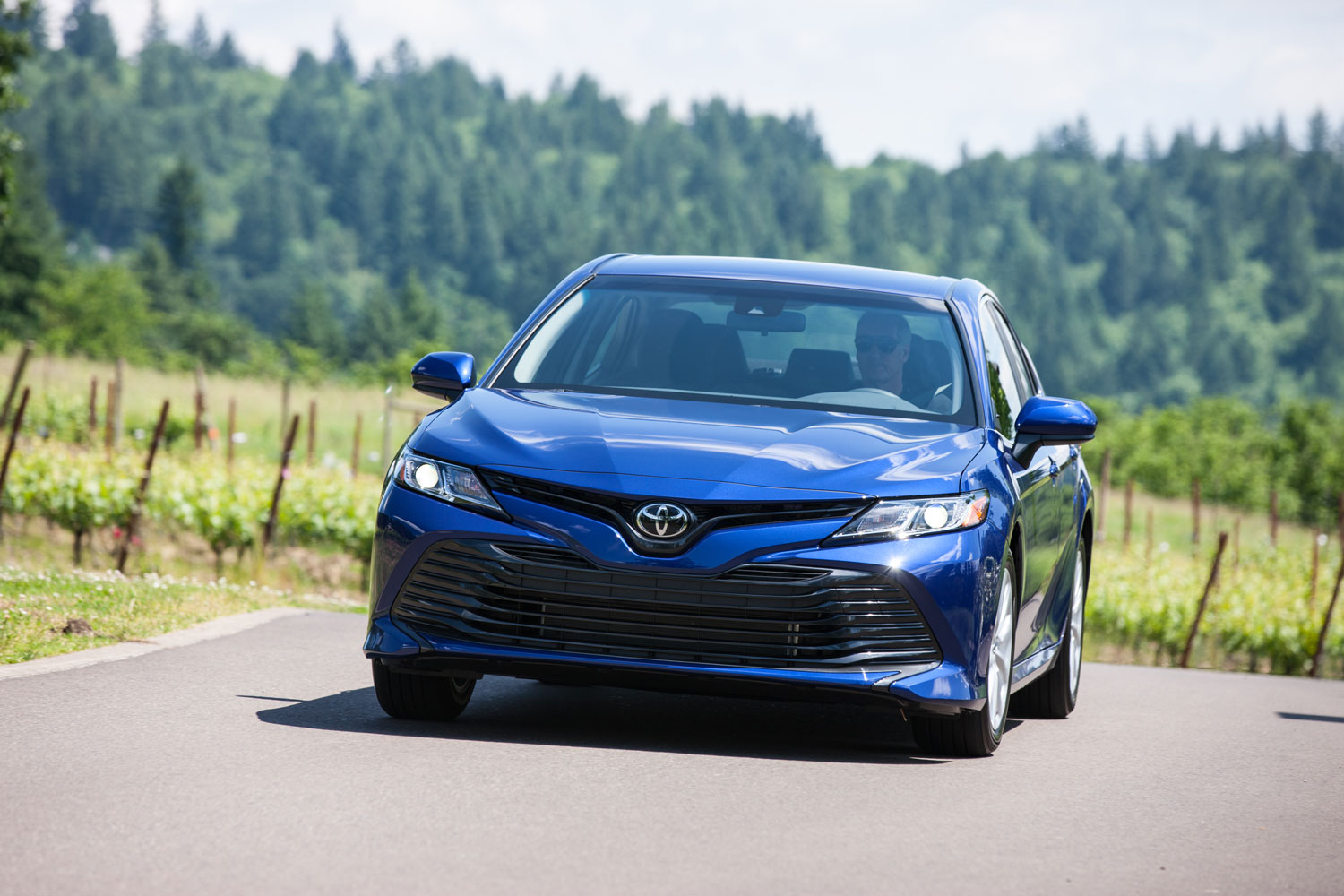These car companies are the biggest revenue generators
Need ammo to win debates about which companies really rule the global auto business? The stats that follow will help you distinguish the Mega Motors from the small fry in this cash-intense domain.
Our source is Fortune magazine, which publishes a list of the top 500 businesses around the globe based on revenues for the 12 months ending last March. To whet your appetite, consider these two startling facts: Walmart topped the charts with $515.4 billion of revenue, up by 2.8 percent over 2017. And Saudi Aramco, new to the list in sixth place overall, earned a staggering $111 billion in profits. That’s 5 percent of the $2 trillion in profits generated by all the companies on the Fortune 500 list.
VW is again the top car company, down two positions in 9th overall, with $278.3 billion in revenues. Even though the VW Beetle recently left the production rolls, this Group’s lucrative brands—Audi, Bentley, Bugatti, Lamborghini, and Porsche—continue ringing the cash registers. Toyota slipped from 6th in 2017 to 10th this year with revenues that increased by 2.8 percent to $272.6 billion. Daimler fell two places to 18th overall with $197.5 billion in revenue, up by 6.6 percent. Even though the Fiat Chrysler combine is hardly top dog in U.S. company sales, it lives 24th overall on the Global 500 list as a key asset in the EXOR group headed by the Agnelli and Elkann families. While this enterprise gained 8.2 percent in revenue—to $175 billion—it slipped five places from its spot on the 2017 list.



The American tour-de-F150 is the Ford Motor Company in 30th place, some eight spots lower than its 2017 ranking. Revenues of $160.3 billion are up by 2.3 percent. Divesting Opel and Vauxhall in hopes of a brighter future caused General Motors to slip from 21st to 32nd on Fortune’s list. GM’s revenue dropped a significant 6.5 percent to $147 billion. Entering its second decade post-bankruptcy, GM is shutting down seven unprofitable lines—Chevy’s Cruze, Impala, and Volt, Cadillac’s ATS, CTS, and XTS, and Buick’s LaCrosse—to thrive on the black side of the ledger.
While Japan’s Mitsubishi doubled revenues, soaring from 129th to 33rd on this list, its car company Mitsubishi Motors—34 percent of which is owned by Nissan—didn’t make the top 500. On a positive note, Mitsubishi Motors did finally oust the problematic Carlos Ghosn as its chairman. Honda, down four positions to 34th overall this year, reported $143.3 in revenues, a gain of 3.4 percent.
In part due to its loss of the luxury brand leadership in the U.S., BMW fell two positions to 53rd place with $115 in revenues, a 3.4 percent gain. Nissan, also embroiled in Ghosn grief, fell 12 spots to 66th overall with $104.4 billion in revenue, lower by 3.2 percent. Hyundai, combined with its sibling Kia, would top BMW by a wide margin, demonstrating just how far these aggressive Korean brands have come. Separately, they live at 94th and 227th, both lower than last year. Hyundai’s 2018 revenues were $88 billion, up 3.2 percent, while Kia’s were $49.2 billion, up 4 percent.
Peugeot, which bought GM’s unwanted European brands, climbed from 108th to 96th place this year on revenues of $87.3 billion, up a spectacular 18.9 percent. Formerly potent Renault fell nine places to 143rd overall in spite of revenues of $67.7 billion, up 2.3 percent. While few of us consider Volvo, Suzuki, Mazda, and Subaru small fry, that’s their status in the car business. At least Volvo climbed 33 places to a 253rd ranking with $45 billion in revenues, up a hefty 14.8 percent. Volvo’s Chinese parent Geely’s deep pockets clearly benefit its product portfolio.

The Indian institutions that own 45.8 percent of Suzuki seem to be less generous with development funds. Suzuki fell nine spots to 357th place on the Fortune list with $34.9 billion in revenues up by 3 percent. It should be noted that Tata of India, which owns the Jaguar and Land Rover brands, lives in 265th place, down 33 spots from 2017, with $43.6 billion in revenues, lower by 4.9 percent. That leaves Mazda and Subaru, neither of which we consider as troubled brands. But the fact is that both are in desperate need of wealthy partners to help fund the move to electrification and autonomous driving. Mazda fell 11 places to 389th overall on revenues of $32.2 billion, up 2.5 percent. In spite of its recent success in the U.S. market, Subaru slipped 56 places to 440th overall on revenues of $28.5 billion, down a significant 7.3 percent.
Three Chinese car makers made the Top 500 list, though there are more where they came from. SAIC Motor scored 39th place, Dongfeng 82nd, and Guangzhou 189th. We’re not sure why Volvo owner Geely, BYD, and Chery did not make the list.
Ultimately, a brand’s reputation tells you little about its financial status. Size clearly matters. Thriving in the future demands major investments today. It’s inevitable that the small fry will require help plotting a fruitful path forward.
Now go forth and conquer with this final set of stats: Last year Tesla Motors built and sold 245,162 cars, generating $21.5 billion in revenue at a net loss of nearly $1 billion. Let’s hope our favorite disruptor Elon Musk posts better results for 2019.


